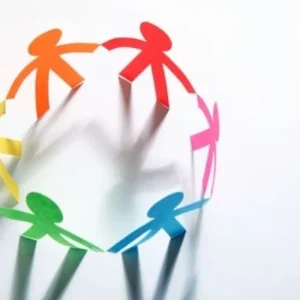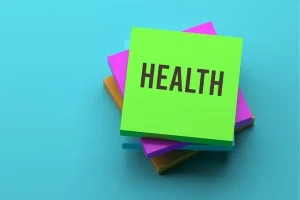The Victorian Aboriginal Community Controlled Health Organisation (VACCHO) has secured $300,000 to launch a dedicated initiative aimed at developing the Aboriginal women’s health workforce. The program, created in consultation with the Victorian Government, seeks to ensure that Aboriginal and Torres Strait Islander women and girls in Victoria have access to culturally safe women’s health care closer to home by strengthening the workforce providing these essential services.
VACCHO CEO, Dr. Jill Gallagher AO, highlighted that the initiative will offer one-off grants of up to $5,000 per clinician employed by Aboriginal Community Controlled Health Organisations (ACCHOs). These grants are intended to empower clinicians with the knowledge and skills necessary to provide culturally safe and effective care for Aboriginal women, reinforcing community self-determination in health care. Dr. Gallagher emphasized that self-determination is key to keeping Aboriginal mothers, aunties, sisters, and daughters healthy and thriving across generations.
The funding will support up to 50 clinicians across the ACCHO sector, enhancing both individual skills and organisational capacity. It will also help ACCHOs better address the health needs of Aboriginal women and girls and close identified gaps in service provision. This initiative is part of the broader Victorian Government commitment of $153 million over four years to improve the health and wellbeing outcomes of all Victorian women.
The wider package includes the establishment of 20 new women’s health clinics, expansion of mobile and virtual clinics, a first-of-its-kind dedicated Aboriginal women’s health clinic, growth of the women’s sexual and reproductive health hub network, and doubling the number of laparoscopies for endometriosis. Victorian Minister for Health Mary-Anne Thomas noted that supporting Aboriginal health organisations to grow and strengthen their workforce ensures that clinicians can deliver care that reflects the needs, values, and culture of Aboriginal women and girls, ultimately improving long-term health outcomes.
Central to the initiative is creating a culturally safe health care environment that respects and acknowledges the diversity and strength of Aboriginal peoples and communities. This approach is a key part of Victoria’s ongoing efforts to remove barriers and promote optimal health and wellbeing for all Aboriginal people in the state.







